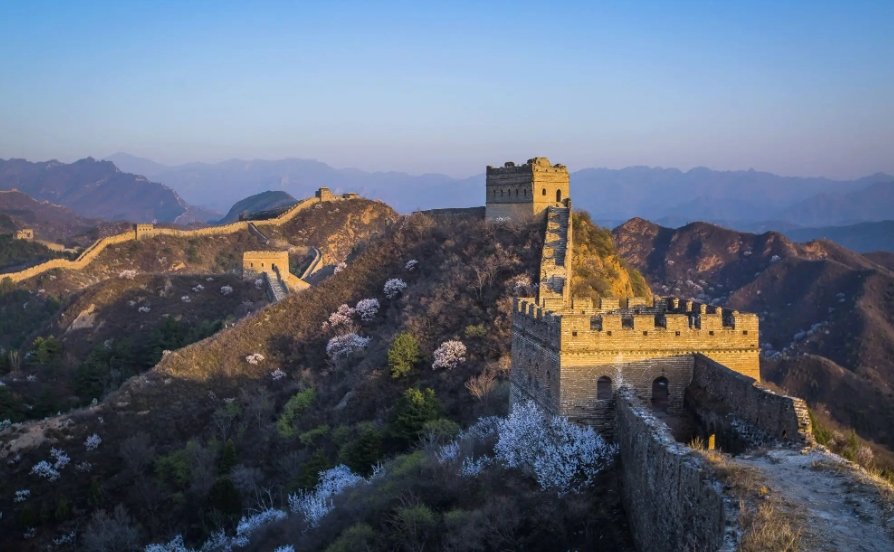
Did the Great Wall of China Actually Work?
The Great Wall of China, a UNESCO World Heritage site and one of the most iconic structures in human history, evokes a sense of awe and wonder. While today it stands as a testament to the ingenuity and perseverance of the Chinese people, its original purpose was far more practical: defense. But was this monumental effort truly effective?
Much of what we recognize as the Great Wall today was constructed during the Ming dynasty in the 16th century CE. Prior to this, various walls and fortifications had existed for centuries, built by different dynasties facing similar threats from nomadic tribes to the north. The Ming, however, faced a formidable enemy in the Mongols, who had previously conquered all of China under Kublai Khan. Determined to prevent future incursions, the Ming embarked on a massive building project, connecting and reinforcing existing walls, and constructing new sections across treacherous terrain.
The primary function of the Great Wall was undeniably military. It acted as a physical barrier against invading armies, hindering their movement and channeling them towards strategically placed forts and garrisons. The wall’s imposing height and breadth, combined with watchtowers placed at regular intervals, provided excellent vantage points for observing enemy movements and signaling warnings to troops stationed miles away. This early warning system allowed the Ming army to mobilize and deploy troops to areas under threat far more effectively.
Beyond its physical presence, the Great Wall served as a powerful symbol of the Ming dynasty's strength and determination to protect its territory. For the nomadic tribes beyond the wall, it represented a significant obstacle and a clear message of defiance. The psychological impact of the wall, coupled with the logistical challenges it presented, undoubtedly deterred many potential attacks.
However, the Great Wall was not an impenetrable barrier. History tells us that it was indeed breached on several occasions. The most famous instance was in 1644, when the Manchu, another nomadic group from the northeast, successfully bypassed the wall with the help of a disgruntled Ming general. This event ultimately led to the fall of the Ming dynasty and the rise of the Qing dynasty, which ruled China until the early 20th century.
While the Manchu conquest demonstrates that the Great Wall could be overcome, it's crucial to avoid a simplistic view of "success" or "failure." The effectiveness of the wall must be measured over its entire history, taking into account the countless raids and invasions it did prevent. For over two thousand years, it served as a significant deterrent, affording China crucial time to mobilize defenses and protect its heartland.
Therefore, the legacy of the Great Wall is complex and multifaceted. It was not merely a wall, but a symbol, a military asset, and a testament to the ambition and engineering prowess of ancient China. It may not have been an impenetrable barrier, but its impact on the course of Chinese history is undeniable.
Q&A
1. What was the main purpose of the Great Wall of China?
The primary purpose of the Great Wall was to protect China from invasions, particularly from nomadic tribes to the north. It served as a physical barrier, a communication tool, and a symbol of the empire's strength.
2. Was the Great Wall effective in stopping all invasions?
No, the Great Wall was not entirely impenetrable. While it successfully deterred countless attacks and slowed down invasions, it was breached on several occasions throughout history. The most notable instance was in 1644 by the Manchu, which ultimately led to the downfall of the Ming dynasty.
3. Despite its breaches, why is the Great Wall considered significant?
The Great Wall's significance extends beyond its effectiveness as a purely defensive structure. It served as a powerful symbol of Chinese power, ingenuity, and determination. For over two millennia, it played a crucial role in shaping the geopolitical landscape of the region and continues to be a source of national pride and a reminder of China's rich history.
note: This return of all, without the author's permission, may not be reproduced